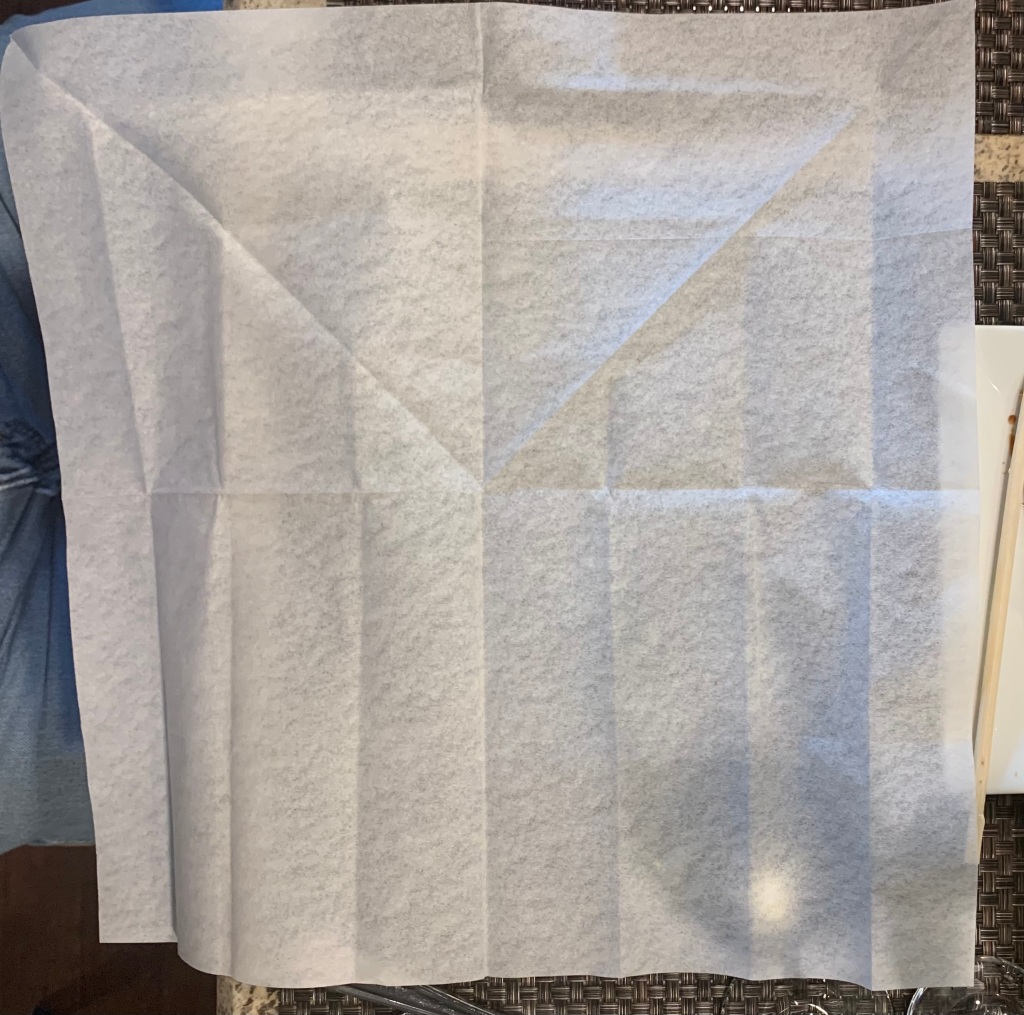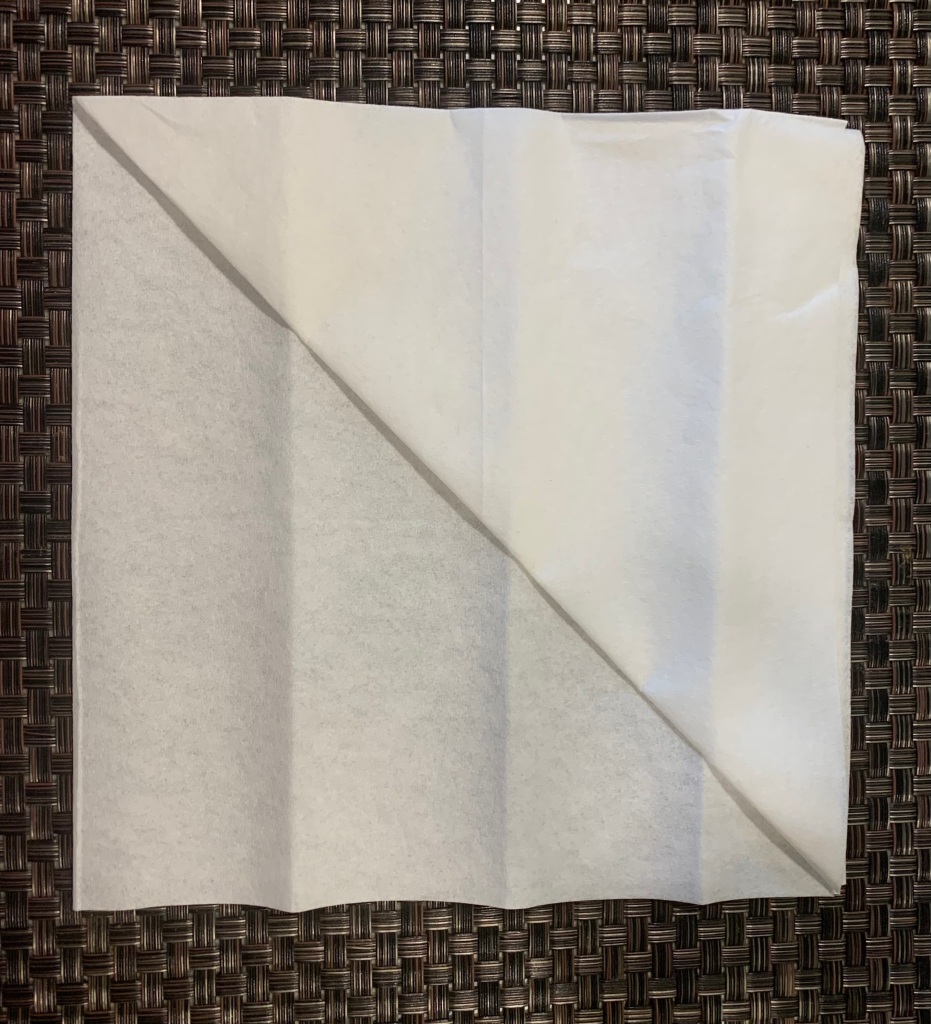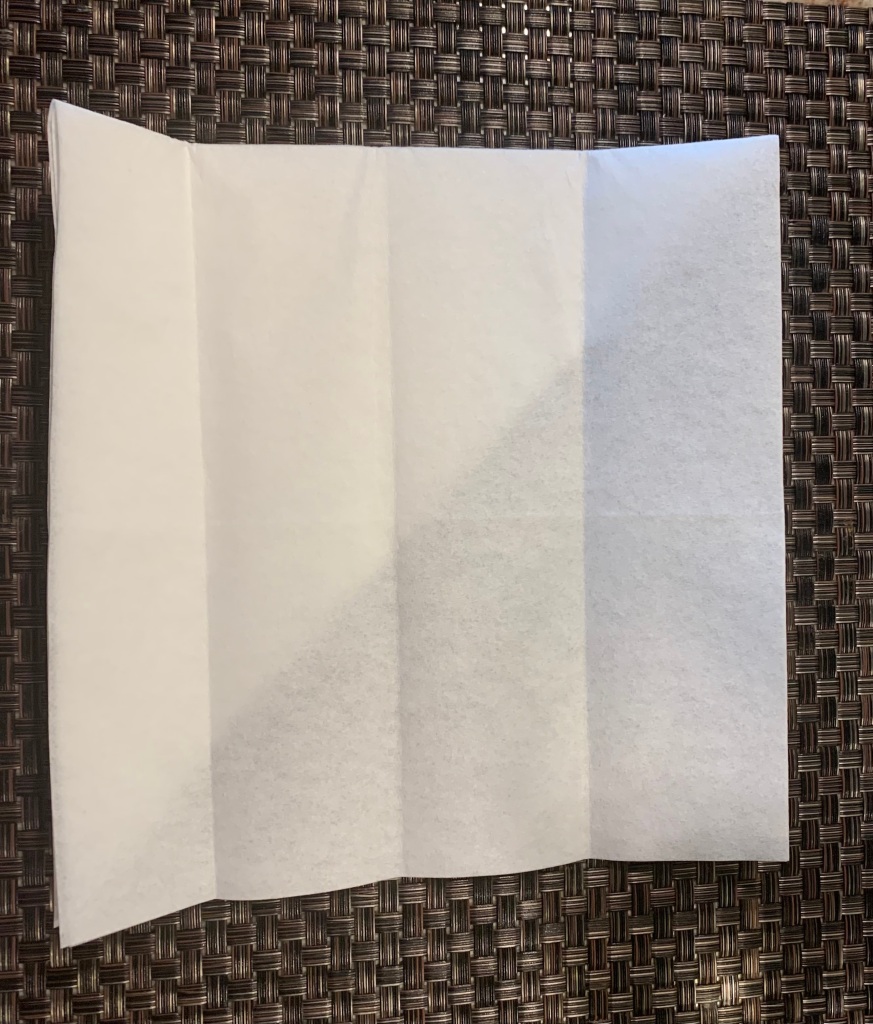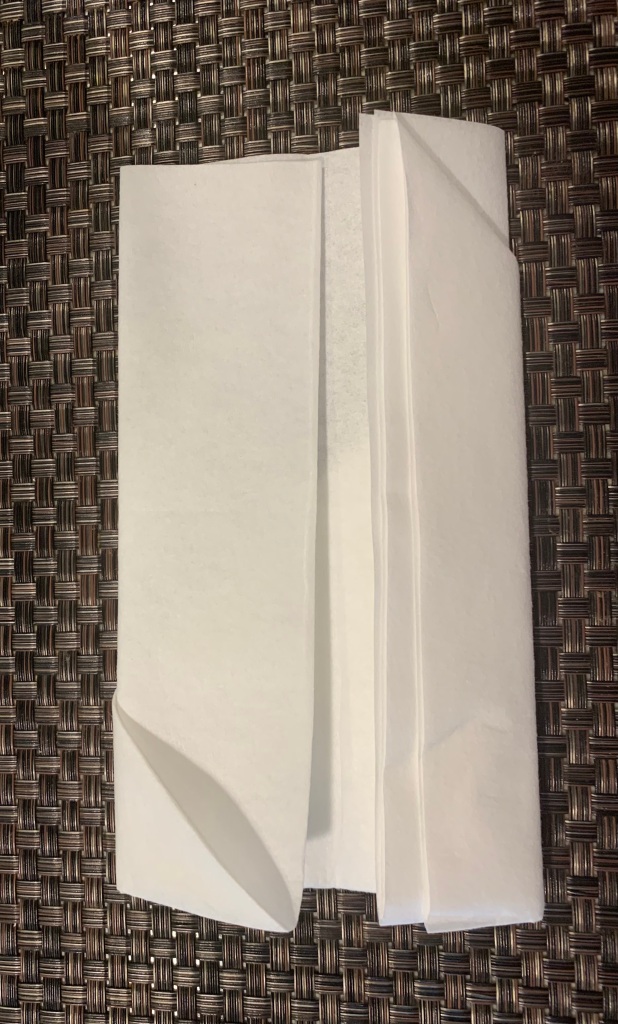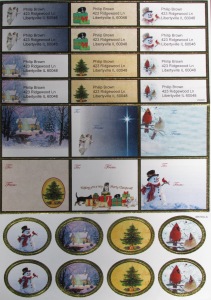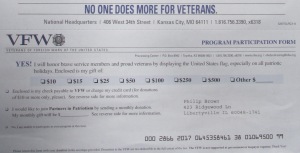 Back in Delhi, my home town, everyone got their mail at the post office. Built in the 40s, this was the largest civic building in a small tobacco town of 3,000. We climbed, what seemed at the time, a grand set of concrete steps, and entered by a glass and steel door into the lobby which held a vault of perhaps a thousand burnished steel postal boxes, secured by brass key locks. The vault had a permanent pungent fragrance of paper, and marble floor cleaner.
Back in Delhi, my home town, everyone got their mail at the post office. Built in the 40s, this was the largest civic building in a small tobacco town of 3,000. We climbed, what seemed at the time, a grand set of concrete steps, and entered by a glass and steel door into the lobby which held a vault of perhaps a thousand burnished steel postal boxes, secured by brass key locks. The vault had a permanent pungent fragrance of paper, and marble floor cleaner.
I took those steps two at a time for several years through my early teens, hopefully opening our PO box #580 in search of letters for me. The trick was to get them before the folks got there, because these letters were my first tentative steps into romance, and I couldn’t stand the investigatory barrage I would endure, had someone else seen them before me. Worst of all, my brother, who might be on a letter quest of his own.
What’s the power manifested in these testaments of our youth? To clutch the page that had been in the hands of someone special, reading over the words they had written bravely, carefully, giddily, for our entertainment and contentment. I treasured every one. And I wrote back in kind.
I just reviewed the latest report from the United States Postal Service wherein it reports that ‘single-piece first-class letter mail’ is down 7.3% from a year ago and 48% since 2009. Now granted, the category includes small business invoices, bill payments and volumes of responses to direct mail. But among that steadily disappearing tide of mail, swept out to the depths of a dark, unforgiving and wordless ocean, there is a loss too profound to ignore, and that is the personal letter.
The post office reported that post cards are down 11.4% from a year ago. 67% since 2009. What clearer evidence can there be that we no longer send picture post cards from a remote station at the edge of Grand Canyon, or outside a cabana in Puerto Vallarta? Maybe off a log boom in Vancouver? Now, it’s Facebook, Instagram, IMs and Twitter all the way.
The reality we are ignoring is that hard copy has staying power. Despite the pervasiveness of social media imagery, if we want to leave a trail for others to study years from now, we will have to rely upon the impulsive selfies we posted as the core sample of our achievements. There will be no words to explain.
Wise beyond his ten years, my grandson cautioned me not to commit stories to email. “That’s technology. It’s gonna disappear. You need to write it out, so that it’s saved.”
Smart kid. Long live the printed book.
But more than the written word is lost. We received a letter from a long-missed friend a few weeks ago. In it, she recounted the routine of her days, the status of her children, and their families, her health, the current politics of their village, and what to wear to a party.
While the news touched many levels of importance and substance–both high and low– it was the actual writing of these items that made the impact. Putting it all down on paper was a commitment to her personal history. Had she merely emailed, the missive would be digested and eliminated. Instead, her letter is saved, rubber-banded with others.
 All our parents wrote, and frequently. Last summer I took the time to read and absorb about 100 letters that my mother wrote to her dad in New York City. From 1943-1945, she was a newly married war bride, making a home in England while the war continued. By 1948 she had moved to Delhi, and to a new world. Her tale is all on paper.
All our parents wrote, and frequently. Last summer I took the time to read and absorb about 100 letters that my mother wrote to her dad in New York City. From 1943-1945, she was a newly married war bride, making a home in England while the war continued. By 1948 she had moved to Delhi, and to a new world. Her tale is all on paper.
Thank goodness she hadn’t emailed her stories, or they would not exist. I learned more from those letters than I would have otherwise, even if she had told me face to face.
Letter writing isn’t difficult. Once you start, it just flows. The challenge is getting paper, stamps and envelope, and time.
Time is the premium resource. It takes time to sit and consider what to say. Why? Because you know that your written word will be received, read, re-read and pondered upon. Unlike a text, a two-line email, a photographic burst on Instagram or a re-post of someone’s pithy life motto, your written letter is a physical fact, and it will be read carefully.
It’s a shame really we squander our thoughts on slippery social media choices, only to find they are misinterpreted at the receiver’s end. ‘Would to God I never wrote that!’ is a common remorseful statement following a late-night email that really did not come out right.
If you do consider taking up the pen, a good place to start is with a simple thanks.  We keep an inventory of greeting cards–blank inside– which we use simply to thank people. Thanks for the gift, the visit, the letter, the phone call, the gesture. Thanks for just being there.
We keep an inventory of greeting cards–blank inside– which we use simply to thank people. Thanks for the gift, the visit, the letter, the phone call, the gesture. Thanks for just being there.
Some would call this just good etiquette. And old fashioned. But that again shows how much we have fallen when even ‘thanks’ is relegated to a text.
Meanwhile I still recall the adrenalin, the blush, the quiet excitement of opening that mailbox and seeing an envelope for me. Irreplaceable, even today.
I hope you find the time to write!
“Well I got my mail, late last night, a letter from my girl who found the time to write…”
~Gord Lightfoot, “Big Steel Rail Blues”
“I read again between the lines upon the page, the words of love you sent me,”
~Gord Lightfoot, “Song For A Winter’s Night”

